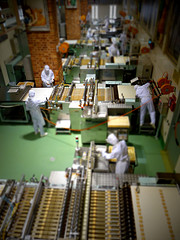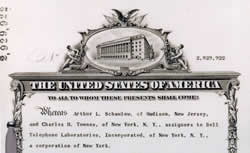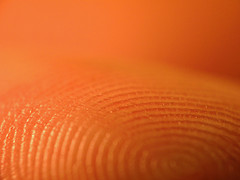Look out Snow Crash and Strange Days: a British researcher says he’s the first person to become infected with a computer virus.
It’s just a proof of concept, but Dr. Marc Gasson of the University of Reading showed that he could infect an implanted chip (used to open doors and activate his phone) and have that virus passed on to other devices.
While the example seems trivial, it does offer some tantalizingly threatening possibilities: what if I infect your pacemaker, then use that to extort money from you in order to keep it working?






 @
@ Tags:
Tags: 














 Like all images on the site, the topic icons are based on images used under Creative Commons or in the public domain. Originals can be found from the following links. Thanks to
Like all images on the site, the topic icons are based on images used under Creative Commons or in the public domain. Originals can be found from the following links. Thanks to